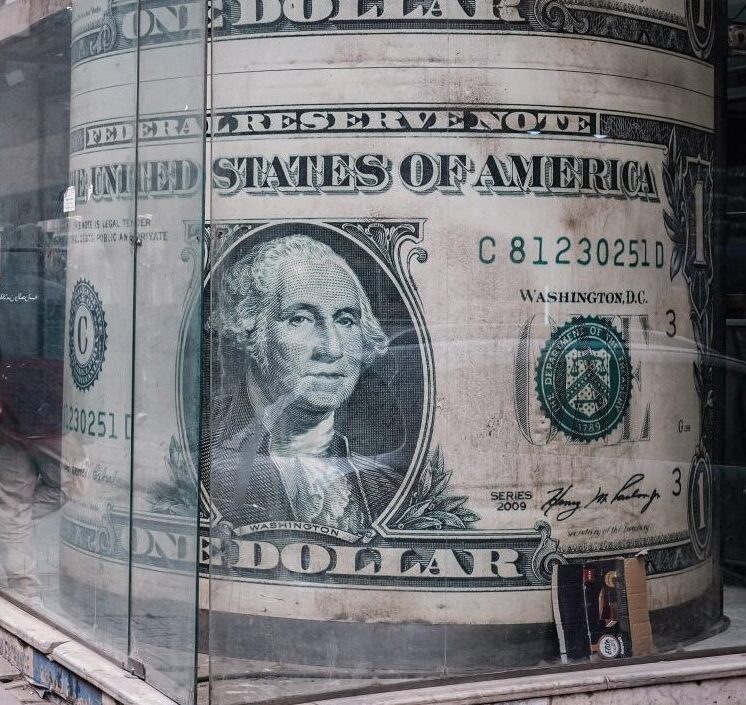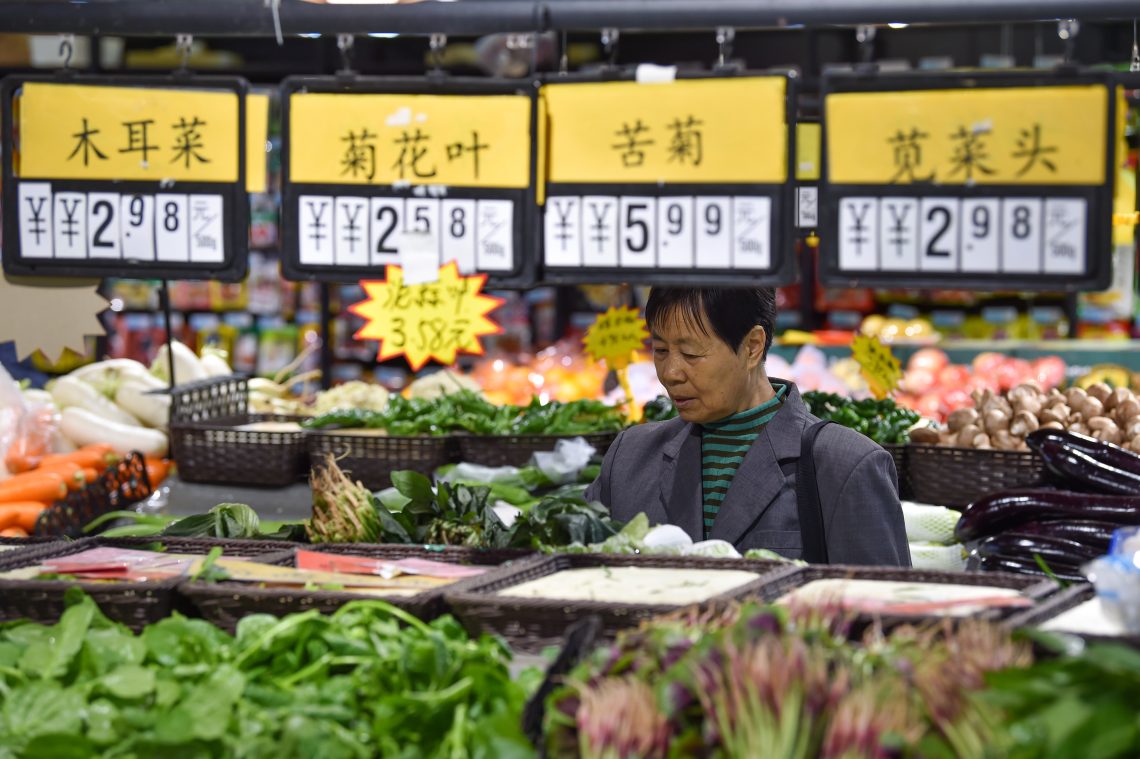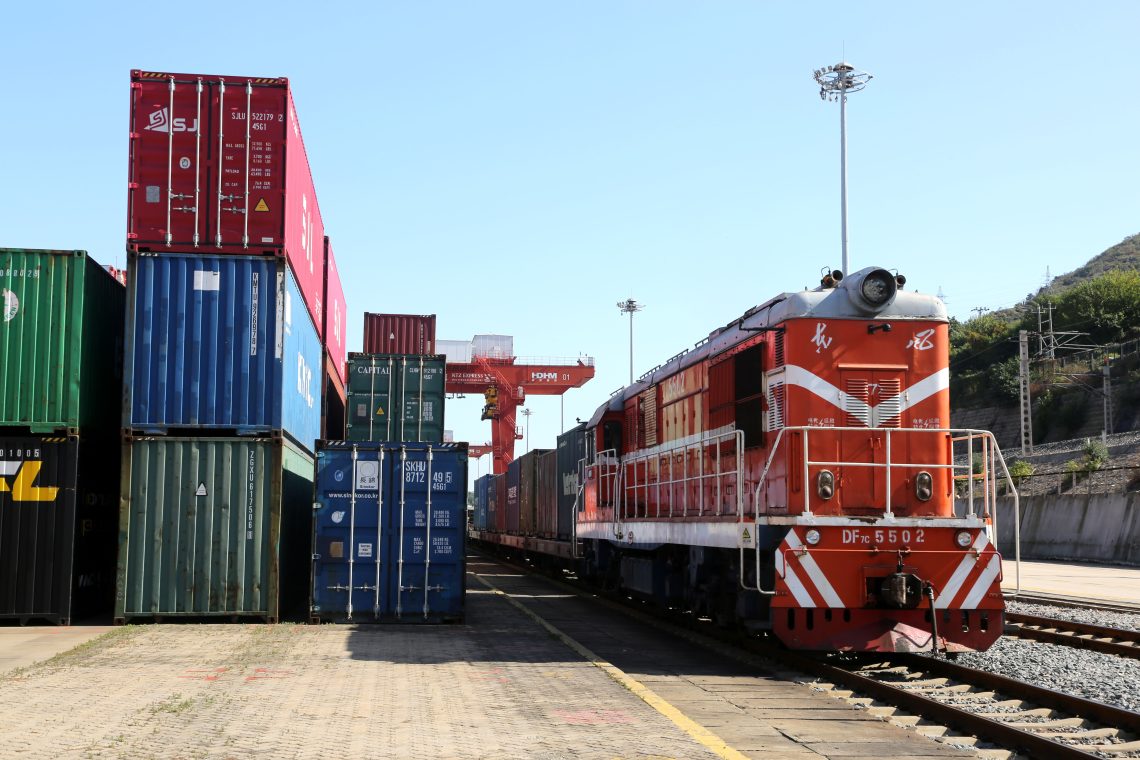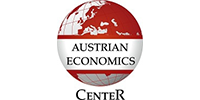China
The world is witnessing a growing struggle for authority in Eurasia. China’s Belt and Road Initiative (BRI) outlines Beijing’s vision for a new economic order, linking nations to China through infrastructure investments and lending via relatively new economic institutions that challenge the postwar Western framework. In contrast, India presents a rival vision with the […]
In the wake of the extensive tariffs announced by United States President Donald Trump on April 2, 2025, a broader geopolitical standoff is taking place between the world’s two superpowers. This has become most evident with the Trump administration’s latest plans to pressure allies into scaling back ties with China. According to reports, America’s […]
Since 2014, bilateral trade between the EU and the U.S. has practically doubled. According to the European Commission, it reached 1 trillion euros for the first time in 2024. While trade flows have risen, the trade balance in favor of the EU has ballooned. Last year, the bloc exported 532 billion euros to the U.S., […]
When Xi Jinping became president in March 2013, there was widespread optimism across China. At that time, many Chinese economists held a linear viewpoint, believing that the country’s development would progress continuously. However, today, China finds itself trapped in a deflationary cycle. Deflation occurs when weak demand leads to falling prices for goods and services, […]
The Chinese economy is in trouble, and there is little hope for a recovery. Although its annual gross domestic product (GDP) growth has remained just under 5 percent over the past three years, doubts about the meaning of that figure are growing. Growth in fixed investments (machinery and equipment) has slowed considerably, from 9.9 percent […]


































